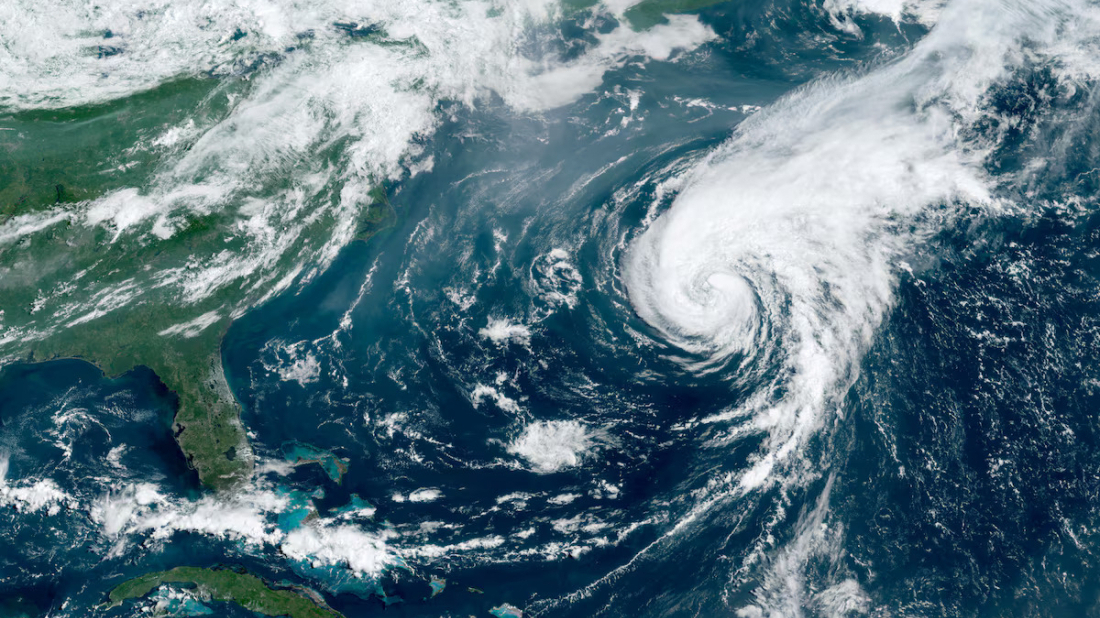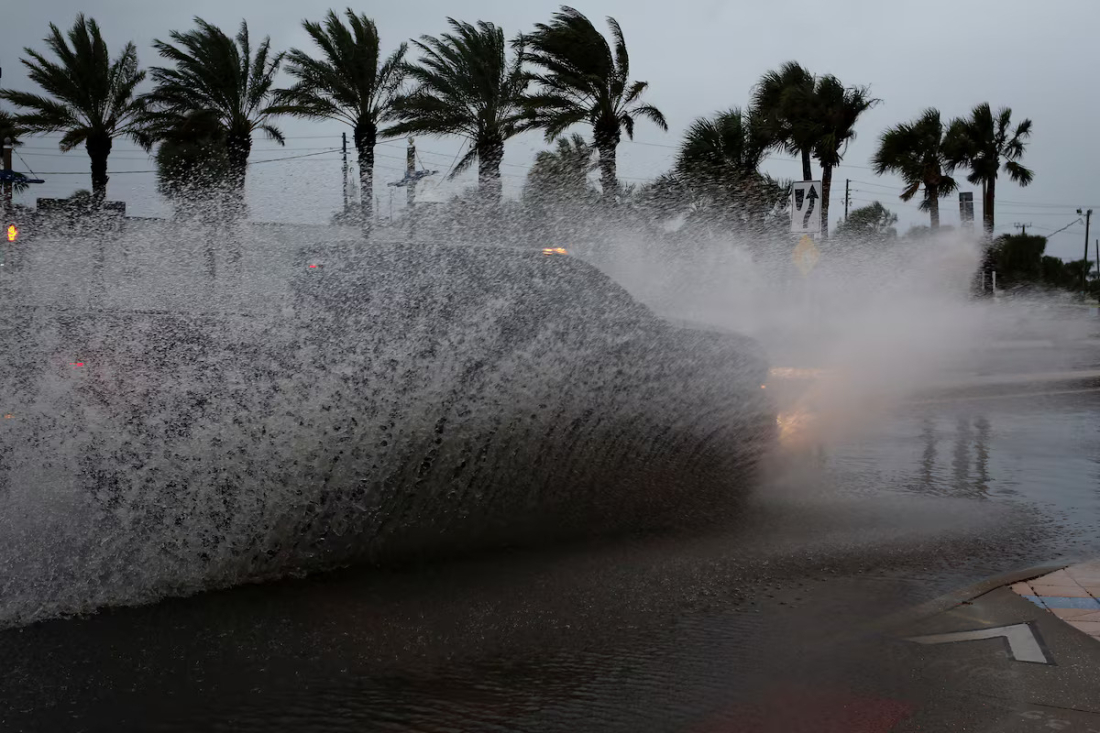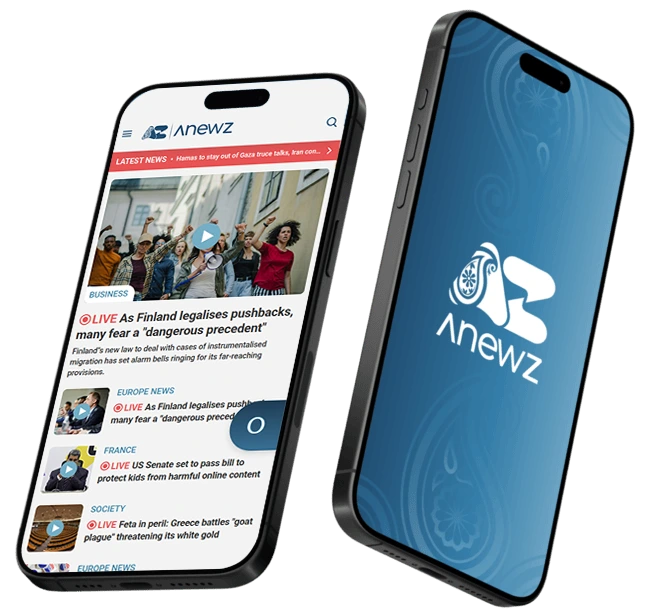Kosovo's parliament fails to elect prime minister as snap election looms
Kosovo’s parliament failed to elect Albin Kurti as prime minister on Sunday, raising the likelihood of a snap election to resolve the political stal...

As Hurricane Melissa barrels towards Jamaica as a powerful Category 4 storm, questions often arise about how these tempests get their names.
From Alberto to William, each hurricane name follows a carefully designed global system, one built not just for order, but to save lives, prevent confusion, and communicate clearly in times of crisis.
Why hurricanes are named
The naming of hurricanes serves a vital purpose: it helps meteorologists communicate more effectively with the public. Giving storms official names makes warnings clearer, reduces confusion, and allows authorities to issue faster, more precise updates. The practice began in various parts of the world during the mid-20th century and gained prominence during World War II, when military meteorologists found that naming storms made them easier to track and report.
How hurricane names are chosen
The World Meteorological Organisation (WMO) manages six alphabetical lists of hurricane names, reused every six years. Each list begins anew on 1 June, marking the start of the Atlantic hurricane season.
For example, this year’s list began with Alberto and will conclude with William, names that will reappear in 2030, unless any are retired due to severe impact. Melissa, the current storm threatening Jamaica and parts of Cuba, is one of the names from this year’s rotation.
A look back at history
Before the modern system came into effect, storms were named more arbitrarily. They were sometimes referred to by the ships they struck, religious feast days, or the regions they devastated, such as the Great Galveston Hurricane of 1900. Over time, meteorologists recognised the need for a consistent, international naming system that would make cross-border communication easier during emergencies.
When a storm gets its name
A developing cyclone is officially given a name when its sustained winds reach 63 kilometres per hour, upgrading it to tropical storm status. When winds intensify to about 120 kilometres per hour, it becomes a hurricane. Assigning a name early in the process helps meteorologists and disaster agencies coordinate warnings and track the storm’s evolution as is now the case with Hurricane Melissa.

Male, female, and retired names
Today’s naming lists alternate between male and female names for balance and clarity. However, not all names are reused. If a hurricane causes catastrophic loss of life or destruction, its name is retired permanently to honour victims and prevent confusion in future forecasts. The World Meteorological Organisation makes such decisions collectively, ensuring cultural sensitivity following major disasters.
A global system built for clarity
What began as a practical wartime measure has become an essential global communication tool. Naming hurricanes, such as Melissa, now menacing Jamaica is not merely a formality. It is a system grounded in science, history, and humanity, designed to ensure that critical information reaches people quickly and clearly when every second counts.
At least 69 people have died and almost 150 injured following a powerful 6.9-magnitude earthquake off the coast of Cebu City in the central Visayas region of the Philippines, officials said, making it one of the country’s deadliest disasters this year.
A tsunami threat was issued in Chile after a magnitude 7.8 earthquake struck the Drake Passage on Friday. The epicenter was located 135 miles south of Puerto Williams on the north coast of Navarino Island.
The war in Ukraine has reached a strategic impasse, and it seems that the conflict will not be solved by military means. This creates a path toward one of two alternatives: either a “frozen” phase that can last indefinitely or a quest for a durable political regulation.
A shooting in Nice, southeastern France, left two people dead and five injured on Friday, authorities said.
Snapchat will start charging users who store more than 5GB of photos and videos in its Memories feature, prompting backlash from long-time users.
The U.N. weather agency plans to cut some posts and is reviewing its priorities as dozens of countries, including the United States, are late with their fees, a spokesperson said on Friday.
A general strike and mass demonstrations paralysed the southern Tunisian city of Gabes on Tuesday, as tens of thousands of people demanded the closure of a state-run chemical plant blamed for a worsening pollution crisis.
Global investors managing more than $3 trillion in assets have urged governments to halt and reverse deforestation and ecosystem destruction by 2030, according to a joint statement released on Monday ahead of next month’s U.N. climate conference in Brazil.
A team of Argentine paleontologists has uncovered one of the oldest known dinosaurs, a nearly complete skeleton of a long-necked herbivore that roamed Earth 230 million years ago in what is now La Rioja province.
An earthquake of magnitude 6.7 struck Papua province in Indonesia on Thursday, the United States Geological Survey (USGS) said.
You can download the AnewZ application from Play Store and the App Store.

What is your opinion on this topic?
Leave the first comment